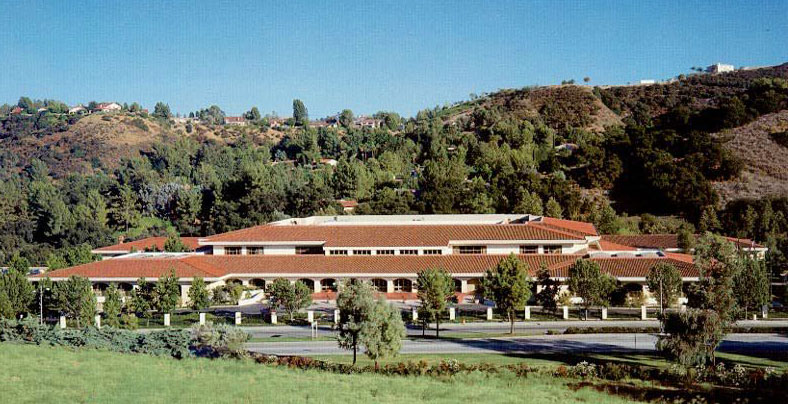Q&A: Rising Realty Partners builds their business with Asana

When deals happen in real estate, they happen fast. Wasting time on file management or hunting for the right email can mean the difference between winning a deal and losing big bucks. Marc Gittleman, Senior Vice President Management Solutions, and Matthew Ahrens, Senior Vice President Finance, from Los Angeles development firm Rising Realty Partners, shared with us how they used Asana, and our integration with Dropbox, to close a massive ten-property deal.
Why did you choose Asana?
As our business expanded, we found ourselves relying heavily on email, faxes, and even FedEx to communicate with each other and collaborate with outside parties. We needed a better way to organize, prioritize and communicate around our work, and we found the answer in Asana.
For us, it was a no-brainer to use Asana throughout the ten-month process of this deal as we collected, distributed, and collaborated on thousands of documents related to the property acquisitions.
This particular real estate acquisition involved ten properties being serviced by multiple groups, which meant that we had ten different finance, purchase, and sale agreements. These documents were too big for email, so to maintain the type of organization we needed, a tool like Asana was essential. We were able to orchestrate the entire process because all conversations related to those documents were in Asana. We saved a lot of time, since we didn’t have to dig through scattered emails and file servers.
How did you use Asana to close this huge acquisition?
I can’t image how complex our communications would have been if we weren’t using Asana. We had dozens of people internally, and more than 50 people externally, all involved in making this deal happen. Having all of that communication in Asana significantly cut down on the craziness.
How did Asana’s Dropbox integration influence the success of the deal?
Because of Asana’s Dropbox integration, our workflow is now fast, intuitive and organized — something that was impossible to achieve over email. For the acquisition, we used Asana and Dropbox simultaneously to keep track of everything; from what each team member was doing, to the current status of each transaction, to keeping a history of all related documents.
We had more than 18,000 items in Dropbox that we would link to in Asana instead of attaching them to emails. We removed more than 30 gigabytes of information per recipient from our inboxes and everything was neatly organized around the work we were doing in Asana. This meant that the whole team always had the latest and most relevant information.
Closing an acquisition of complex properties requires the individual expertise of every team member and outside consultants to evaluate specific aspects of the property during due diligence. Asana helped our team map out each of the required tasks, and make sure that tasks were assigned to the right people with the appropriate expertise.
In ongoing projects, the ability to assign tasks allows the acquisition team to efficiently and quickly coordinate the due diligence process so that nothing is missed and the right people are included precisely when they’re needed.
How has Asana enabled you to reduce internal email? How did this improve your efficiency during the property acquisition process?
For this entire project, maybe one percent of our total internal communication was happening in email. With Asana, anyone in the company could look at any aspect of the project, see where it stood, and add their input. No one had to remember to cc’ or ‘reply all’.
Asana saved us a ton of time and removed the lost communication factor from the equation–no conversation slipped through the cracks in Asana. For a commercial real estate company, managing the acquisition and transaction process is extremely important. Transactions involve many different internal and external parties and are inherently time sensitive.
Anyone who has sent an email off into the abyss and not received anything back knows that email is not inherently time sensitive. Asana gave our team the freedom to be direct with time-sensitive tasks. Every task in Asana includes a due date and an assignee, so no one needs to guess who is responsible for completing the task, and when it needs to be done.
The task follower and comment features helped keep everyone else on the team informed and allowed them to give their input. Being able to see what tasks had been assigned and when they were due across the entire project and workspace allowed managers to stay informed without sending another email.
The success of this deal was largely due to Asana and we plan to use it in future acquisitions –Asana has become essential to our team’s success.
Marc Gittleman and Matthew Ahrens are Senior Vice Presidents at Rising Realty Partners, a Los Angeles Development firm that specializes in creating world-class commercial and industrial properties. Follow Rising Realty Partners at @RisingRP.
Is your team using Asana in an exciting way? Let us know by writing to stories@asana.com. We are always looking to feature stories from teams who are doing great things!

